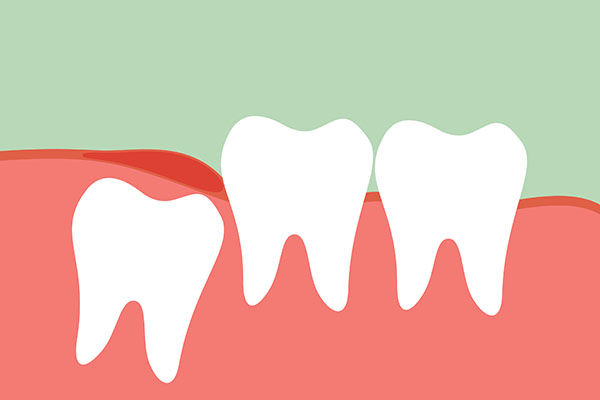Overview on Implant Restoration

There are many different types of implant restoration. These procedures are a lifesaver for patients when issues develop with their prosthetics.
When it comes to replacing missing teeth, nothing compares to dental implants. These devices do not just replace the missing tooth; they also serve as an artificial root for it. That helps to keep the patient's jawbone muscles well stimulated.
Implants are durable and strong devices, and they can last a lifetime when properly cared for. Other prosthetic options like bridges and dentures are also commonly used, but these come with a host of problems those who opt for implants never have to deal with.
When it comes to implants, the term restoration refers to the false tooth that is placed on the external-facing end of the implant. When installed, this artificial tooth behaves just like one of the patient's natural ones. While implants are a permanent solution that can last upwards of 40 years with good oral hygiene, some of its components may need restorations when damaged.
Common types of restorations
1. Implant restoration for crowns
The restoration of artificial teeth sometimes involves single or multiple teeth at the same time. At times, all these artificial teeth can be attached to a single implant as is the case with implant supported dentures.
These devices are a merger of implants and denture technology. The implant – which is a metal rod or screw – is surgically attached to the patient's jawbone, and it fuses into place thanks to a process known as osseointegration. It can take anywhere from three to six months for this process to take place.
Once the implant is fully fused, a crown is attached to the abutment. Abutments are designed to blend in with the rest of the patient's real teeth.
To make the prosthetic, the dentist will take an impression of the patient's mouth using a putty-like mold. The patient bites down, and an impression of the person's mouth is left on the mold. The measurements are then sent to a laboratory where the artificial teeth are created.
This process is the same for a single or multiple crowns, during the initial restoration or a replacement.
2. Implant restoration for bridges
The process is a lot similar to the one discussed above with one significant difference: The artificial teeth are attached to crowned teeth closest to the gap on both sides. These are known as abutment teeth. The artificial teeth are called pontics.
The main difference between bridges and traditional dentures is the fact these are a permanent solution. Dentures, on the other hand, have to be removed each night and soaked in denture solution overnight.
3. Implant-supported dentures restoration
These are permanent dentures that are held in place with implants. During the installation, a dentist typically installs four to six implants in the patient's jaw. Once fully fused, special dentures are then attached to the implants. The dentures stay in permanently and can only be removed by a dentist.
Dental questions are always a good thing, reach out to us today!
Want to learn more about implant restorations? Schedule an appointment with one of our dentists, and we can answer any questions and help in guiding you to make the right decision for your teeth!
For more information or to schedule an appointment with Randal S. Elloway DDS, Inc, request an appointment in our Red Bluff dental office here: https://www.drelloway.com. Or call us at (530) 527-6777.
Related Posts
Full mouth dental implants are an option that many patients choose when they need to replace their missing teeth. Our smile is the first impression we have when meeting a new person. We all want that impression to be warm and welcoming. When our smile is somewhat imperfect, we tend to lack confidence and feel…
Advances in dentistry have made it possible to replace missing teeth with dental implants that are more similar to natural teeth than other teeth replacement options. Many people lose teeth due to gum disease, decay, and injury. Losing teeth often lead to numerous negative consequences. It can affect your smile, weaken your jawbone, and alter…
Most people want to have dental implants right after dental extraction. Replacing the lost tooth is a priority. This can prevent more complications as the mouth heals. Understanding the process of getting implants after dental extraction can help prepare you for your appointment. Here are the details about getting dental implants after a dentist removes…
Dental implants are effective, long-lasting artificial teeth. Implants are surgically attached to the jawbone to look and function like natural teeth. As a result, patients can chew, talk, and laugh without worrying about dentures slipping. They also improve oral health. This article explores when and why to get implants and the qualifying factors for treatment.Patients…


